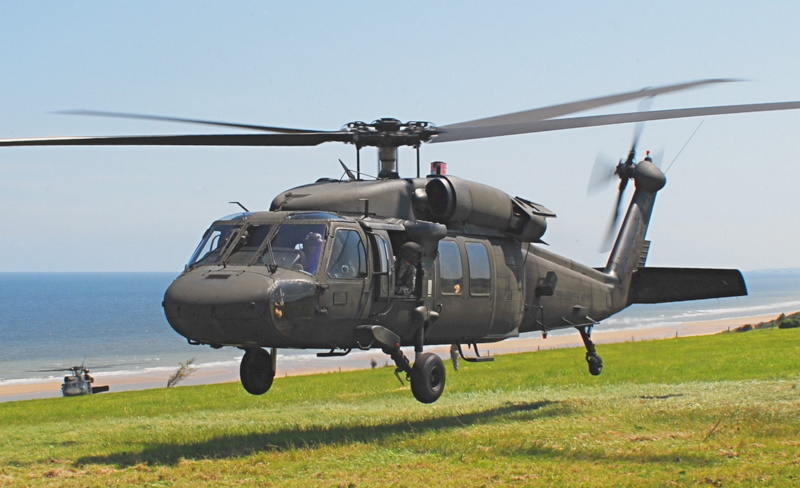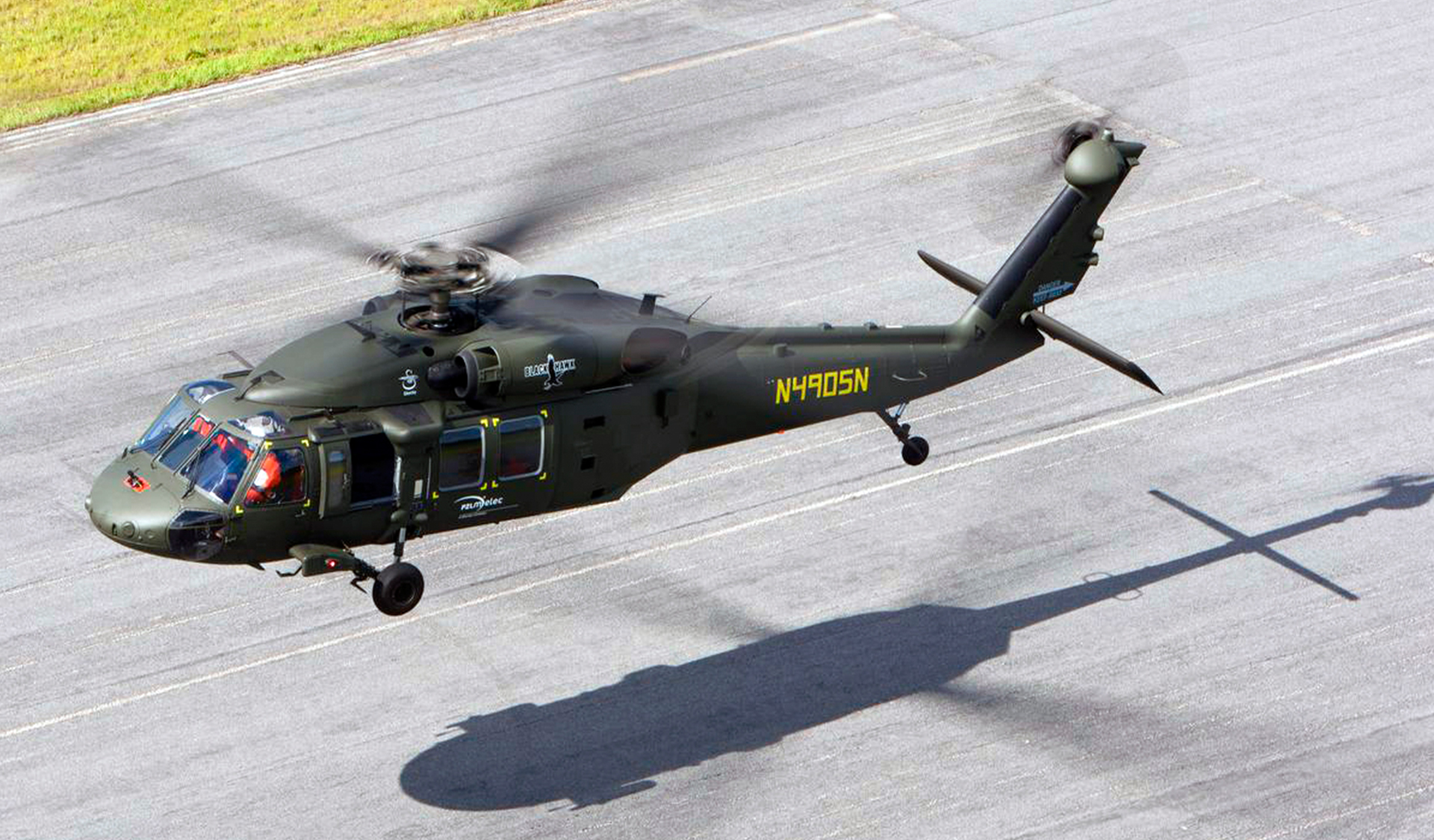Sikorsky S 70: Changing Tactical Workflow with Cutting-Edge Innovation
Sikorsky S 70: Changing Tactical Workflow with Cutting-Edge Innovation
Blog Article
High-Performance Multi-Role Rotorcraft Featuring Advanced Cockpit Technologies and Integrated Sensor Equipments
The world of rotorcraft modern technology has actually seen remarkable developments in recent times, particularly in the world of high-performance multi-role rotorcraft outfitted with sophisticated cabin innovations and effortlessly integrated sensor systems. These innovations have not just boosted the functional abilities of rotorcraft but have actually additionally substantially affected contemporary aviation procedures on various fronts. From boosted mission adaptability to enhanced operational effectiveness, the convergence of advanced cockpit modern technologies and incorporated sensor systems has actually introduced a new period of possibilities for rotorcraft applications. In the following conversation, we will discover the development of rotorcraft technology, look into the world of sophisticated cockpit advancements, and analyze the implications of incorporated sensor systems on the functional flexibility and efficiency of modern-day rotorcraft.
Development of Rotorcraft Modern Technology
The development of rotorcraft modern technology has been marked by considerable innovations in aerodynamics, materials, and propulsion systems, shaping the abilities and efficiency of modern-day rotorcraft. Aerodynamic improvements have improved the effectiveness and ability to move of rotorcraft, permitting enhanced rate, agility, and stability during flight (sikorsky s 70). Advancements in products, such as making use of composite products and progressed alloys, have actually led to lighter yet stronger rotorcraft frameworks, improving overall performance and sturdiness. Furthermore, improvements in propulsion systems, consisting of a lot more effective engines and cutting-edge propulsion modern technologies, have actually made it possible for rotorcraft to attain greater altitudes, faster rates, and greater payloads.
These innovations have not just transformed the capabilities of rotorcraft but have actually likewise expanded their applications throughout different industries, consisting of army, industrial, and emergency solutions. The constant evolution of rotorcraft modern technology proceeds to drive development in the area, pushing the boundaries of what is feasible and shaping the future of upright flight.
Advanced Cabin Innovations
Building upon the fundamental improvements in aerodynamics, products, and propulsion systems, the realm of rotorcraft modern technology now shifts emphasis in the direction of pioneering Advanced Cabin Innovations. The combination of advanced modern technologies within the cockpit setting plays a vital role in boosting the operational abilities, safety, and effectiveness of modern rotorcraft. sikorsky s 70. Advanced Cockpit Innovations incorporate a vast array of attributes created to give pilots with boosted situational recognition, structured data administration, and intuitive control user interfaces
Among the essential innovations in cockpit style is the execution of glass cockpits, which replace standard analog determines with high-resolution displays. These digital systems supply customizable designs, real-time information assimilation, and improved readability, enabling pilots to gain access to essential information at a glimpse. Progressed avionics systems, such as fly-by-wire controls and increased fact display screens, are revolutionizing how pilots communicate with the aircraft, allowing for precise control and enhanced decision-making capabilities.


Integrating sophisticated cockpit technologies not just enhances pilot efficiency however also adds to overall mission effectiveness and security in complex operational environments. By leveraging state-of-the-art technologies within the cabin, rotorcraft suppliers are establishing new standards for functional quality and mission success.
Integrated Sensing Unit Systems
With the advancement of rotorcraft modern technology, the assimilation of sophisticated Integrated Sensing unit Solution has become extremely important in enhancing operational effectiveness and safety and security. These Integrated Sensing unit Equipments encompass a large array of innovations that give essential data for various features such as navigating, security, targeting, and ecological tracking. By seamlessly incorporating sensing units like radars, cameras, lidar, and infrared systems right into rotorcraft, drivers can gain from improved situational understanding, enhanced goal capacities, and minimized pilot workload.
One key advantage of Integrated Sensor Solutions is their capability to collect real-time data and supply workable insights to pilots and goal operators. As an example, progressed radar systems can discover and track targets over cross countries, enabling very early hazard detection and reliable reaction preparation. Furthermore, integrating infrared and electro-optical cameras allows rotorcraft to carry out reconnaissance and monitoring goals with accuracy and precision.
Basically, the assimilation of advanced sensor modern technologies right into rotorcraft not only improves functional effectiveness but also contributes considerably to overall mission success and crew safety. As rotorcraft proceed to evolve, the role of Integrated Sensing unit Equipment will undoubtedly continue to be at the leading edge of technology in the aerospace industry.
Functional Convenience and Effectiveness
Enhancing operational versatility and performance in rotorcraft is an all-natural development from the combination of innovative Integrated Sensor Systems. By leveraging the data and understandings provided by these cutting-edge sensing unit systems, rotorcraft can enhance their performance throughout different missions and settings.
Operational versatility incorporates the capability of rotorcraft to adapt to various functions and scenarios successfully. With sophisticated cockpit modern technologies and integrated sensing unit systems, rotorcraft can effortlessly transition in between tasks such as search and rescue, clinical emptying, security, and a lot more. This versatility boosts the rotorcraft's capability to satisfy varied operational demands without needing extensive reconfiguration.
Efficiency in rotorcraft procedures is important for making best use of mission efficiency and resource use. Integrated sensor systems play a critical duty in improving functional efficiency by offering real-time information on weather, terrain mapping, target monitoring, and a lot more. This data allows pilots to make enlightened choices swiftly, enhance trip courses, conserve fuel, and improve total mission productivity.
Impact on Modern Air Travel Workflow

Additionally, the combination of innovative sensors facilitates improved mission planning and implementation, enabling rotorcraft to execute a variety of jobs with enhanced accuracy. From search and rescue operations to airborne firefighting and police goals, the capabilities of modern rotorcraft furnished with advanced cabin innovations and integrated sensing unit systems are exceptional.
Moreover, the effect of these developments extends beyond functional efficiency to cost-effectiveness and sustainability. By enhancing flight courses, fuel usage, and upkeep routines, high-performance rotorcraft geared up with advanced cabin technologies and sensors contribute to lowering operational costs and environmental influence, making them essential properties in modern-day aviation operations.
Final Thought
Finally, the high-performance multi-role rotorcraft with innovative cockpit technologies and integrated sensor systems stands for a considerable advancement in aeronautics technology. These developments improve functional adaptability and performance, ultimately impacting contemporary air travel operations in a positive method. The combination of these sophisticated innovations enables enhanced abilities and efficiency in different objective situations, showcasing the continued go to my blog development of rotorcraft technology in the aviation industry.
The world of rotorcraft modern technology has actually seen significant improvements in current times, especially in the realm of high-performance multi-role rotorcraft equipped with sophisticated cabin innovations and perfectly integrated sensing unit systems. From boosted objective flexibility to improved functional effectiveness, the convergence of advanced cabin innovations and integrated sensing unit systems has ushered in a new period of opportunities for rotorcraft applications. In the complying with conversation, we will discover the development of rotorcraft innovation, delve right into the realm of innovative cabin developments, and examine the effects of other integrated sensing unit systems on the operational versatility and effectiveness of modern rotorcraft.

Report this page